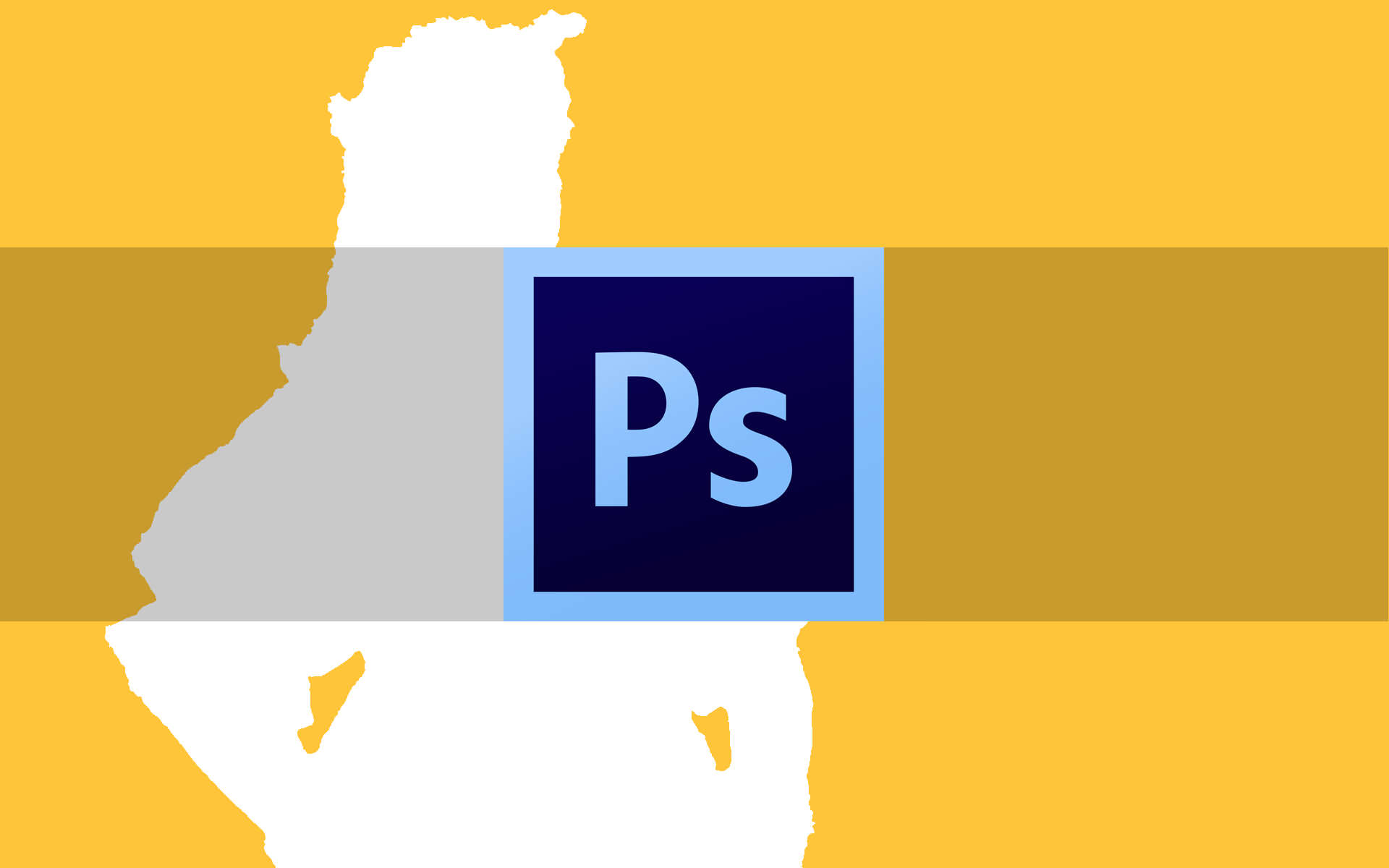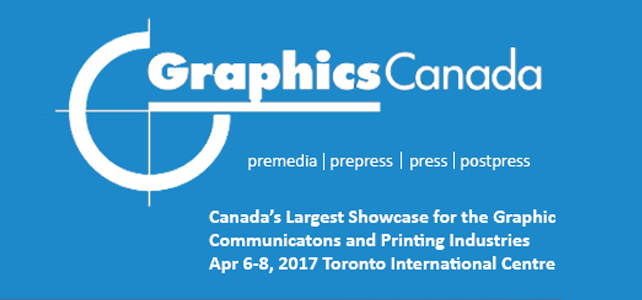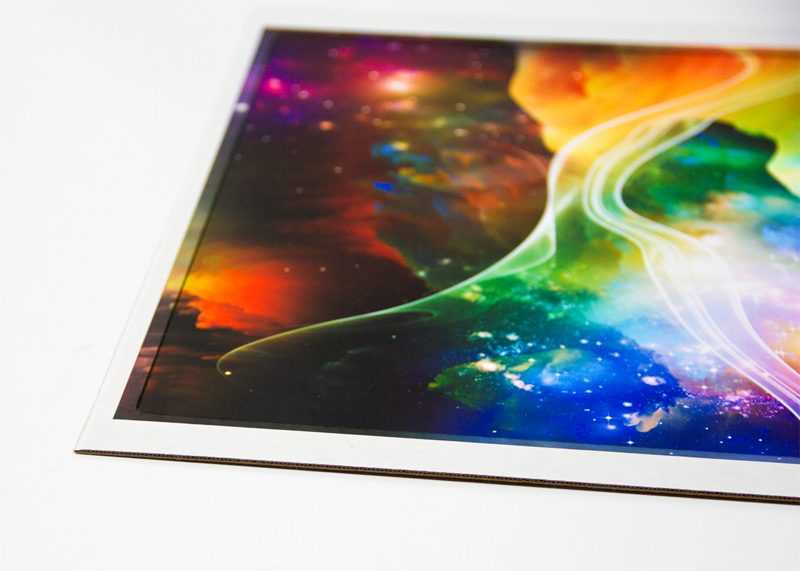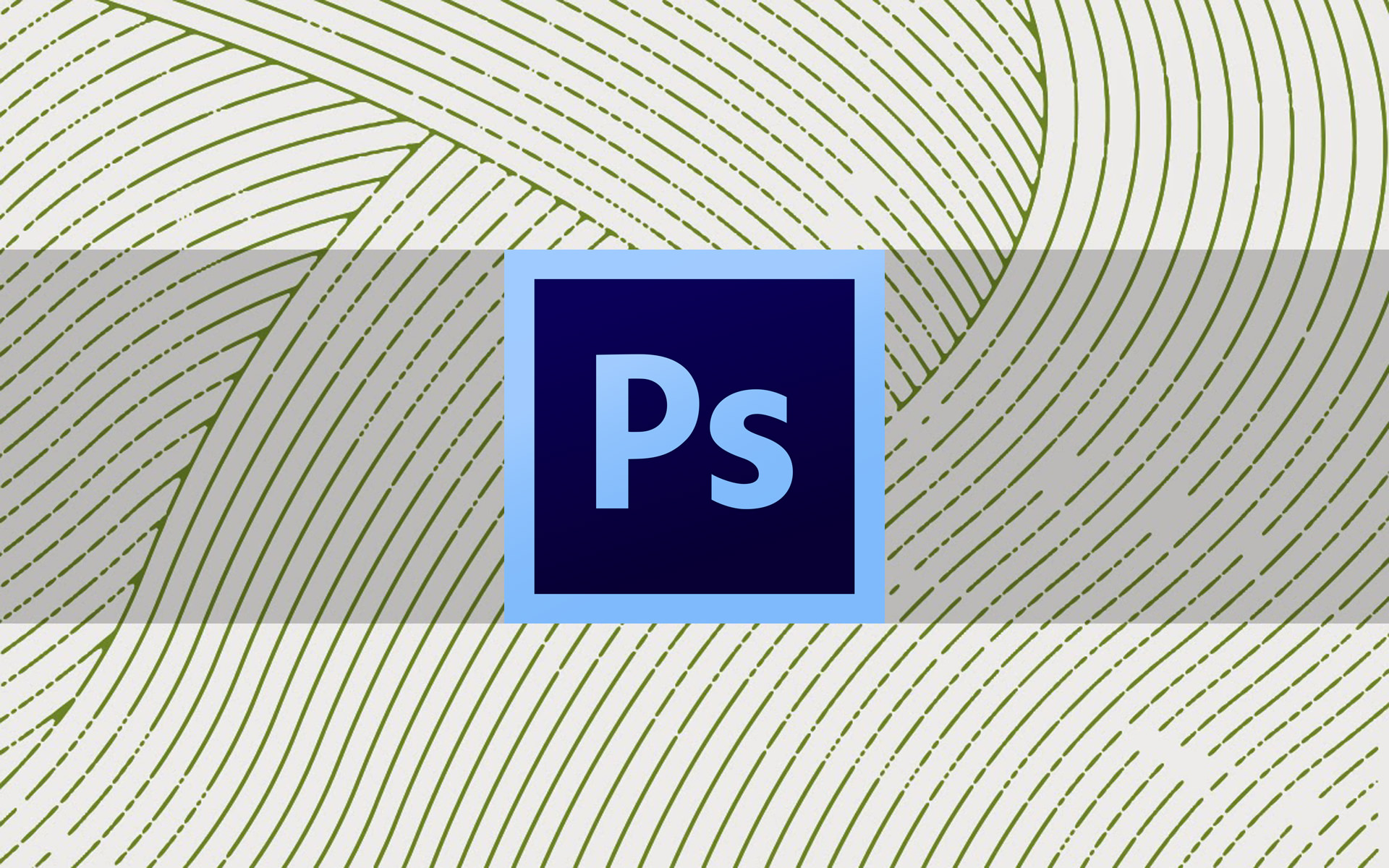
I was a classically trained painter long before software was developed for artists.
When I discovered Corel Painter, back when it was owned and developed by MetaCreations, I was so curious that I had to give it a try and I found it fascinating.
Today, there are many options for digital painting, but my favorite by far is still Corel Painter.
Now, it is one of Corel’s top imaging solutions and they are developing amazing new technology for it.

I also use Adobe Photoshop to prep and pre-compose my paintings and I move between both programs for in-process adjustments as needed.
This article makes no comparison between Corel Painter and Adobe Photoshop – we’re going to compare painting processes between traditional and digital painting.
THE SKETCH

Both Traditional and Digital painters start with an idea. We can call this idea The Sketch.
Traditional artists loosely draw their idea onto the canvas, developing the project idea during the Sketching process.
Supporting compositional objects are positioned, the depth and perspective are lined out, and the initial vision is created.
There are several options – some painters use a soft pencil or stick of charcoal and others use narrow brushes and diluted paint to whisk in the general layout.

If the painter is working from a photograph, they use their trained eyes and math skills to position objects proportionately within the composition.
It has been known that some project the photograph onto a blank canvas to use as a guide in order to save time.
This Sketch eventually disappears during most painting processes as more and more layers of paint are added. The artist will complete the painting using their imagination.
If photographic likeness is required, a photograph of the subject will be taped to the easel to be used as a visual reference.
This requires a very good comparative eye and artistic techniques, all of which Master painters have been well respected for centuries.
Digital painters have a variety of options for getting a painting started.

Some artists begin by making a Sketch exactly as the traditional painter does, drawing with a stylus on a blank canvas file.
Digital artists have the advantage of being able to erase or start over as many times as they want without fear of over-smudging the canvas.
In addition, they can save time by using a photograph or graphic image as a tracing source.
The Sketch can be reserved on a Layer for easy reference throughout the painting process.
If an exact likeness is required, a photograph can be visualized via Tracing Paper within the work in progress, eliminating guesswork when fine-tuning proportions and placing final details.

Hybrid painters sometimes create the Sketch digitally and output it onto a canvas that will be completed using traditional paint and brushes.
This gives them infinite time to compose exactly what they want – plus they can take advantage of Tracing Paper – and still have the enjoyment of a traditional painting experience.
Hybrid painting is especially attractive to artists that want to paint a series of multiple canvases based on common subjects.
Parts of the initial Sketch can easily be transferred to other digital canvases, edited and modified while preserving continuity where desired.

Photo painters tend to bypass the Sketch altogether and just use a pre-composed photograph for continual reference throughout the painting process.
Corel Painters use Clone Sources and Tracing Paper to turn the photo’s visibility on and off as desired.
Photoshop painters may reserve the photograph on a layer, and use layer visibility to view or not view the original image.
There are other shortcuts available for digital painters.

I often pre-compose using bits and pieces from multiple photographs quickly cut and pasted in Photoshop – no need to worry about the edges as they’ll be painted away.
I also pre-adjust colors and values, adding my own choices so I can bypass the Sketch, use my photo mockup as the Under Painting, and bypass about 65% of what I consider to be “busy work”, letting me enjoy more of the imaginative and creative parts of my painting.
UNDER PAINTING

An Under Painting is a loose blocking in of color and value that covers the canvas with paint and provides a base upon which more intense colors and values are applied with more precision and intent.
The Under Painting initializes the basic shapes of objects, the overall color scheme of the piece and establishes lighting and drama.
Traditional painters use large brushes and diluted paint to start, gradually building depth and saturation with subsequent layers and stronger paint concentrations.

They try to stay away from detailing things at this point because one of the valuable things an Under Painting creates is emotion through stroke. Fluid, free hand movement is important for this.
Hybrid painters may elect to rough in the painting using software – or use a photograph as an Under Painting.
The finished piece is a painting, but painted on top of a photographic image.
Digital painters have several options for creating Under Paintings.

They may do it exactly as a traditional painter might, using large brushes and layers of color and value – over or under the sketch, using their own colors or choosing colors from a photographic reference.
Digital artists may also choose to use shortcuts, like Auto Painting that pre-paint the canvas using colors from a source image and computer generated specialty brush strokes.
Granted, Auto Painting bypasses the whole adding emotion through paint perk, but it’s a quick start when the background is complicated and you’re on a deadline.
At this point, it’s conceivable that both artists could be looking at very similar paintings and both artists may have created them using identical techniques while holding onto different tools (Brush vs. Stylus).

However, the hybrid and digital painters may have elected to use shortcuts provided by Tracing Paper, Color Cloning, and Auto Painting that will have provided a quicker painting experience.
When the Under Painting is complete, the next step in painting is Object Development.
OBJECT DEVELOPMENT

For me, this is where the fun starts because it’s challenging and rewarding to sculpt shapes, add fantasy and put my own style and finishing onto the canvas and watch it begin to come to life.
Traditional painters generally pick up medium sized brushes that allow them to create more detail, sculpt more dimensions and make definite decisions regarding object edges, color blends, and lighting.
Hybrid painters will be right there with them – this is one of the most fun parts of painting!

Digital painters can do the same things using digital brushes but they have other options available to them as well.
Corel Painter artists usually save the Under Painting as a version, make a copy of it and proceed to build the painting on the copy.
This means that the Under Painting is always readily available to them as a Clone Source that can be brought back whenever and wherever needed, giving the artist unlimited opportunities to experiment and “erase” mistakes.
A Digital Photo Painter has the preliminary photograph to use as a Clone Source in addition to the Under Painting.
Both versions can be ghosted back into the working version as needed in order to take shortcuts towards detail and edge definition.

Digital Photo painters also have a time advantage by having used photography as the base for the Under Painting in that the photograph already contains gradient color and value.
Traditional painters must create highlights and shadows “from scratch” using lighter, darker and complimentary colors.
Digital artists may rely upon those from the original photograph or add to them and enhance them as desired.
Software takes another big step forward, thereby offering brush categories and variants that traditional artists just don’t have access to – like Corel Painter’s Image Hoses, Distortion Brushes, Pattern Pens and new Particle Brush technology.

It’s an open door to Fantasia and a whole lot of fun!
When Object Development has been completed, the painting should have everything it needs to hold up on its own should the artist wish to stop at this point – and some painters do.
Most artists take some time to analyze the work at this point to make sure it has motion, balance, depth, color harmony, style, masterful eye control, and evokes the right emotional response.
Most artists take some time to make sure that everything is perfect.
FINAL DETAILS

Final Details add visual interest when viewers come up close to enjoy the painting.
Details are achieved by using small brushes, rich pigment and precise attention to placement.
Sometimes the edges of objects are made more interesting, like painting some decorative stitching on clothing.
Details may also be used to define faces by carefully painting lips, eyebrows, and eyelashes with sensitivity and exact attention to the character of the subject’s expression.

It’s common to add Details to hair, create jewelry, put highlights into trees and flowers and maybe add a few birds that may not have been there originally.
The more lavish the application of detail, the more interesting the painting becomes when viewed closely.
Traditional artists need precise control, so they commonly secure a brace over the painting so that they can rest their hand to keep it steady without danger of leaning onto the wet paint.

Digital artists don’t have that challenge – they just zoom in.
In addition, they may prefer to build details onto another copy (version) of the painting so they can experiment, make mistakes and erase them easily.

Digital artists end up with one Master File.
This file may be Output as many times as desired and it’s safe to say that because technology is continually advancing, future copies may possibly look better than the first!
If a surface texture is desired, it’s applied by hand on top of the prints.
Which brings us to, last but not least, Output.
OUTPUT

Traditional artists choose this up front; they pick a canvas or paper they want to work on.
Hybrid artists choose a surface to Output the digital prep work onto.
They must consider what traditional medium they will be painting onto the surface choice so they can select a paper or canvas that will work well for them.
Most hybrid artists apply a sealer to the digitally created image prior to adding traditional mediums to ensure that problems of ink vs. paint incompatibilities might be avoided.
Digital painters can choose the Output after the painting is complete and may opt to use a variety of surfaces.
Classic painters often choose Canvas or Fine Art Papers. Contemporary artists might choose Allure Photo Panels, metallic paper, metallic canvas, textiles, plastic – or card stock – technology opens doors to awesome opportunities!
I consider Output media to be an important creative element in my work and use a variety of papers and canvas.
I’m not a production artist so each piece I create can be Output on to the surface that I believe will showcase my painting to its best advantage.
When I have a series, like my abstract portrait line, I sometimes like to offer it in large embellished canvases plus smaller fine art paper versions.
And I like re-purposing certain paintings into other items like stationery and greeting cards. Papers are important!
ADDITIONAL TIPS

Perceived Value
There is another comparison that should be included here as well, particularly if we are discussing the business of painting. Perceived value is important when selling your art.
In spite of the fact that digital painters may produce paintings exactly like a traditional painter would, from Sketch to Output and embellishments, the general public still believes that if a computer is involved, it’s a cheaper product.

I just go with it. Because digital paintings work up faster than traditional paintings I have no problem pricing them a bit cheaper.
I do mostly portraits and I consider my digital paintings to be a mid-priced portrait line, more expensive than photography and less expensive than traditional paintings.
Brush Advice
At the end of the day, both traditional and digital artists usually end up with 4-5 brushes in their hand (or in their Custom Palette).
Both start with large brushes and end with small brushes and use some blenders to make everything beautiful.
My advice: shy away from “hair brushes”, “skin brushes”, “cloud brushes”, and other specialty offerings.

Default Corel Painter brushes are created by some of the best digital painters in the world. Pick a brush style that feels good to you for the painting you want to create and go for it!
You’ll need a large brush for Under Painting, a medium brush for Object Development and some point brushes for Details. Add a blender and maybe a distortion brush and you’re good to go.
Painting separate objects with separate brushes takes away from the continuity of strokes and your painting can become disjointed. The magic is not in the brush – it’s in your hand and your imagination!
Time And Convenience
The final comparison relates to time and convenience. Traditional painting requires set up, painting time and clean up.
If you’re not painting every day your palettes get dry, the painting gets dry and it’s hard to fluidly develop the work.
Some artists are sensitive to the smell of paint and cleaners plus you can mess up your house and clothing when you spill things. It also requires space for an easel, painting supplies, subject set up, etc.

Digital painting is clean, fragrance-free, and you can do it wherever and whenever you want.
Even when you only have ten minutes to paint, you can pop in and do a bit. The colors will never dry up. The canvas will never dry out.
You can save your palettes for future use without having to remix your favorite flesh tones, foliage, and other blends and you only need enough space to accommodate you and your laptop.
Plus, digital painting is inexpensive to produce.
Both traditional and digital painters have initial set up costs, but after that, digital painters never run out of painting supplies or waste art papers due to unrepairable mistakes.

In summary, it might look like I prefer digital painting to traditional painting. I do not.
I love the process of traditional painting but it’s hard to pass up the expanded creative and time-saving opportunities that digital painting has to offer – so I do both, mostly digital paintings for business and traditional paintings for me – when I have time!
When I first tried to paint with software having been a traditional painter for many years I was frustrated that there were differences in how colors blend together with brushes and technology.
I was upset that my stylus didn’t bend and blend colors like my paint brushes do.

My tablet felt slippery and I felt like I was viewing my art through a window instead of being able to touch it and feel it while I was working.
I used to joke that it made me feel like, “I give you everything and you give me nothing in return!” I almost gave up because I was expecting it to be the same – and then I woke up and realized I was in a different world.
I felt silly for thinking that it should be the same and excited to try out my expertise as a traditional artist with this new medium. It was challenging and then really rewarding!
If you’ve never done a digital painting before, try it out today and let me know in the comments about your experience!

Jane Conner-ziser is an award winning photographer, digital artist, premier educator and independent consultant. With over 25 years of experience, 19 of them in digital imaging and evolving technologies, the techniques Jane developed for facial retouching and enhancement and portrait painting from photographs are widely emulated by photographers and digital artists worldwide through her classes, online training and educational products. You can learn more on her website.





